Bionic Ears: New Hope For Hearing Loss
27 June 2018
Today, Hearing loss affects nearly 5% of the global population and, by 2050, this number is expected to double, mostly driven by a growing aging population and an increasing life expectancy. The treatment options include Hearing Aids and Cochlear Implants. Hearing aids are devices typically fitted in or behind a wearer’s ear, designed to amplify the sound. Cochlear implants are surgically implanted devices addressed to people with severe to profound sensorineural hearing loss. The low penetration rate of these devices may represent a strong growth opportunity…
How does the Hearing System work?
The Mechanic Portion
The Cochlea: An Underwater Piano
- Different frequencies cause maximum vibration amplitude and neural tuning at different points along the basilar membrane.
- Adjacent auditory nerve fibers are organized according to the frequency at which they are most sensitive.
Technologies And Features
- Miniaturized Programmable
Multiple band compression
Multiple memories
- Digital
- Standard Technology
Linear amplifiers
Simple output limiting
One directional microphone
- Advanced Technology
Automatic volume control
Multiple directional microphones
Automatic programs
- Low battery indicator
- Power-on delay
It quells feedback as you insert the hearing aid by taking a few seconds to power up
- Background noise reduction
- Telecoil
People hear better on the telephone and also in auditoriums, theaters
- Feedback reduction
- Titinnus suppression
- Wind noise reduction
- Zoom control
“Zoom in" on sound coming from one direction
- Bluetooth
- Binaural Synchro
Ability to wirelessly communicate with each other
- Water Resistance
Implantable Hearing Devices
Cochlear Implants (CI)
- The most common cause of sensorineural hearing loss is the loss of hair cells rather than the loss of auditory neurons
- The remaining auditory neurons can still be directly activated, e.g. with electric stimuli
- Price around $100,000, including surgery, evaluation, device and rehabilitation.
- Cochlear implant surgery lasts about two to three hours and is performed under general anesthesia.
✓ The cochlear implant cost in India may vary between $6,000 and $10,000. The lower cost is India is due to the initiatives of the Government.
✓ In US most of the CI are covered by insurances and government rebates. 13 states had Medicaid programs which fully cover the cost of cochlear implants for children. 18 states reimbursed less than 80% of the cost of the device and procedure
-
Low penetration rate:
✓ Around 6%
✓ Australia has one of the highest penetrations of CI in the world
Diagnosis Instruments
- Audiometers (transmits recorded sounds), tympanometers (for conductive HL diagnosis, measures the reflected sound), and Otoacoustic Emission Instruments
- How do we diagnose hearing loss in babies?
Outer Hair Cells (OHC) are sounds given off by the inner ear when responding to a sound. Otoacoustic Emission Instruments detect the sounds produced by the OHC
Weak or totally absent in hearing impaired subjects, even in mild or moderate hearing losses (30-40 dB HL)
Measured objectively and non-invasively (OAEs are the most sensitive objective indicator of cochlear anatomic/functional integrity in vivo)
Audiology Devices Market In 2016: Geographic Market Unit Split
The Future Of Cochlear Implants: No Exterior Hardware
Next-generation sound processors with technologically advanced chips making the implants invisible
Fully implantable devices: the implant’s exterior unit raises some aesthetic concerns and limits its use in the shower and during water sports.
- MIT has developed a prototype system-on-chip that makes possible a fully implantable cochlear implant. It relies on a piezoelectric sensor, implanted beyond the eard
- The chip is specially designed to be charged wirelessly through a smartphone. It takes just a few moments to charge and it lasts for 8 hours.
- Now that the team has demonstrated feasibility of the system-on-chip paired with a sensor and wireless power supply, they are working to fully package the device and prepare for a clinical trial.
- Moreover, the system presents another benefit; as the sensor is on the other side of the eardrum, it still relies on the natural filtering effect of the outer ear and the ear canal.
The Future Of Hearing Technology: From Wearables To Hearables
A hearable is a wireless in-ear computational earpiece: enhance your listening experience, while also adding additional benefits like biometrics.
Opticon, Samsung, Google, Heart Math, Zen Sensor, Valencell, BitBite are developing new hearing tech.
Sound Scales
Types Of Hearing Loss
Causes And Risks
Main Causes
- Ageing: One third of people over 65 years
- Exposure to excessive noise: 1 bn of young people (12-35 yrs) are at risk of hearing loss
- Gene Therapy: Clinical Trials Ongoing: Nearly half of all cases of deafness have a genetic root. The mutation consists in one DNA base pair in a copy of a gene called TMC1 that is off.
✓ 2015: Genetically deaf mice treated with TMC1 gene therapy recovered some of their hearing
✓ 2017: Studies were performed to treat Usher syndrome (severe anomalies in hair cell structure) and they succeeded in restoring hearing and balance in a mouse model.
✓ 2018: The Department of Otolaryngology-Head and Neck Surgery at Columbia University is trying to regenerate hair cells using a drug containing a gene
✓ 2018: Novartis is recruiting patients for its clinical trial to introduce a DNA sequence that will help the ‘’broken’’ gene to work again.
Types Of Hearing Aids
Hearing Aids
- Function: to boost the level of the electrical signal that is delivered
to the hearing aid’s loudspeaker.
The amplification is divided into two stages:
1. Filtering: to control how much amplification occurs at certain frequencies
2. True amplification (GAIN)
- Deep insertion: CIC devices preserve the natural amplifier effect
of the pinna but have drawbacks as well..
✓ Separate MIC and loudspeaker as much as possible (easier in BTE)
✓ Seal off the ear canal
- Acoustic Feedback: when the amplified sound from the loudspeaker is directed back into the microphone of the same amplifying system. The higher the intensity of output the more likely that feedback will occur
- A Hearing Aid lasts 3 to 5 years. The battery lasts between 5 days to several weeks
.png)
Hearing Aids
- Function: to boost the level of the electrical signal that is delivered to the hearing aid’s loudspeaker. The amplification is divided into two stages:
1. Filtering: to control how much amplification occurs at certain frequencies
2. True amplification (GAIN)
- Deep insertion: CIC devices preserve the natural amplifier effect of the pinna but have drawbacks as well..
✓ Separate MIC and loudspeaker as much as possible (easier in BTE)
✓ Seal off the ear canal
.png)
- Acoustic Feedback: when the amplified sound from the loudspeaker is directed back into the microphone of the same amplifying system. The higher the intensity of output the more likely that feedback will occur
.png)
- A Hearing Aid lasts 3 to 5 years. The battery lasts between 5 days to several weeks
How Much Hearing Aids Cost?
- Price range from $799 for a basic device to $3,600 for a premium hearing aid
.png)
- Three Reimbursed Systems Around the World
- Controlled Supply (like UK and Scandinavia) Limited choice of devices and of professionals, and no contribution left to the patient
- Voucher System (like in Switzerland or Germany) A ceiling on the amount of reimbursement but complete freedom for the patients to choose their hearing aids
- Private Market You pay everything out of your pocket
- In US it depends on where you live and what type of coverage you have.
Technologies And Features
Implantable Hearing Devices
Implantable Hearing Devices
Cochlear Implants (CI)
Cochlear Implants (CI)
Price around $100,000, including surgery, evaluation, device and rehabilitation.
Cochlear implant surgery lasts about two to three hours and is performed under general anesthesia.
| Country | India | US | Turkey | UAE |
|---|---|---|---|---|
| Cochelar implant surgery cost ($) | $4,000 | $80,000 | $37,000 | $9,600 |
- The cochlear implant cost in India may vary between $6,000 and $10,000. The lower cost is India is due to the initiatives of the Government.
- In US most of the CI are covered by insurances and government rebates. 13 states had Medicaid programs which fully cover the cost of cochlear implants for children.
- 18 states reimbursed less than 80% of the cost of the device and procedure.
Diagnosis Instruments
- Audiometers (transmits recorded sounds), tympanometers (for conductive HL diagnosis, measures the reflected sound), and Otoacoustic Emission Instruments.
- How do we diagnose hearing loss in babies?
- Outer Hair Cells (OHC) are sounds given off by the inner ear when responding to a sound. Otoacoustic Emission Instruments detect the sounds produced by the OHC.
And The Winner Is...
The higher market opportunity is represented by Cochlear implants because of:
The most reliable implants in the industry today are The best in terms of cumulative survival percentage (CSP)
The Future Of Cochlear Implants: No Exterior Hardware
- Next-generation sounds processors with technologically advanced chips making the implants invisible.
- Fully implantable devices: the implant's exterior unit raises some aesthetic concerns and limits its use in the shower and during water sports.
- MIT has developed a prototype system-on-chip that makes possible a fully implantable cochlear implant. It relies on a piezoelectric sensor, implanted beyond the eardrum in the middle ear, to transmit sounds information by picking up on vibrations from hearing bones.
- The chip is specially designed to be charged wirelessly through a smartphone. It takes just a few moments to charge and it lasts for 8 hours.
- Now that the team has demonstrated feasibility of the system-on-chip paired with a sensor and wireless power supply, they are working to fully package the device and prepare for a clinical trail.
- Moreover, the system presents another benefit; as the sensor is on the other side of the eardrum, it still relies on the natural fitlering effect of the outer ear and teh ear canal.
The Future Of Hearing Technology: From Wearables To Hearables
- A hearable isa wireless in-ear computational earpiece: enhance your listening experience, while also adding additional benefits like biometrics.
- Opticon, Samsung, Google, Heart Math, Zen Sensor, Valencell, BitBiteare developing new hearing tech
Explore:
Disclaimer
This report has been produced by the organizational unit responsible for investment research (Research unit) of atonra Partners and sent to you by the company sales representatives.
As an internationally active company, atonra Partners SA may be subject to a number of provisions in drawing up and distributing its investment research documents. These regulations include the Directives on the Independence of Financial Research issued by the Swiss Bankers Association. Although atonra Partners SA believes that the information provided in this document is based on reliable sources, it cannot assume responsibility for the quality, correctness, timeliness or completeness of the information contained in this report.
The information contained in these publications is exclusively intended for a client base consisting of professionals or qualified investors. It is sent to you by way of information and cannot be divulged to a third party without the prior consent of atonra Partners. While all reasonable effort has been made to ensure that the information contained is not untrue or misleading at the time of publication, no representation is made as to its accuracy or completeness and it should not be relied upon as such.
Past performance is not indicative or a guarantee of future results. Investment losses may occur, and investors could lose some or all of their investment. Any indices cited herein are provided only as examples of general market performance and no index is directly comparable to the past or future performance of the Certificate.
It should not be assumed that the Certificate will invest in any specific securities that comprise any index, nor should it be understood to mean that there is a correlation between the Certificate’s returns and any index returns.
Any material provided to you is intended only for discussion purposes and is not intended as an offer or solicitation with respect to the purchase or sale of any security and should not be relied upon by you in evaluating the merits of investing inany securities.
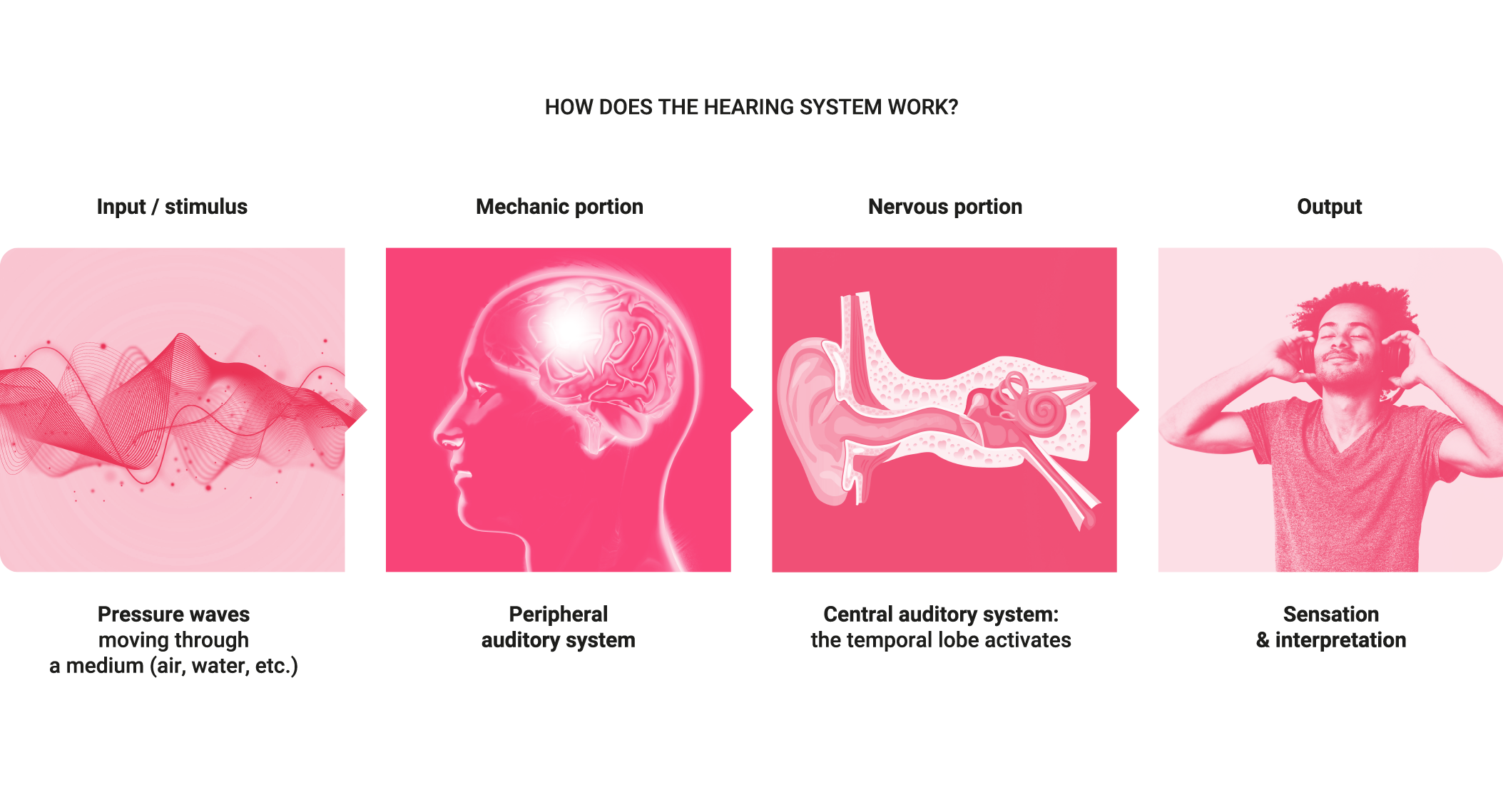
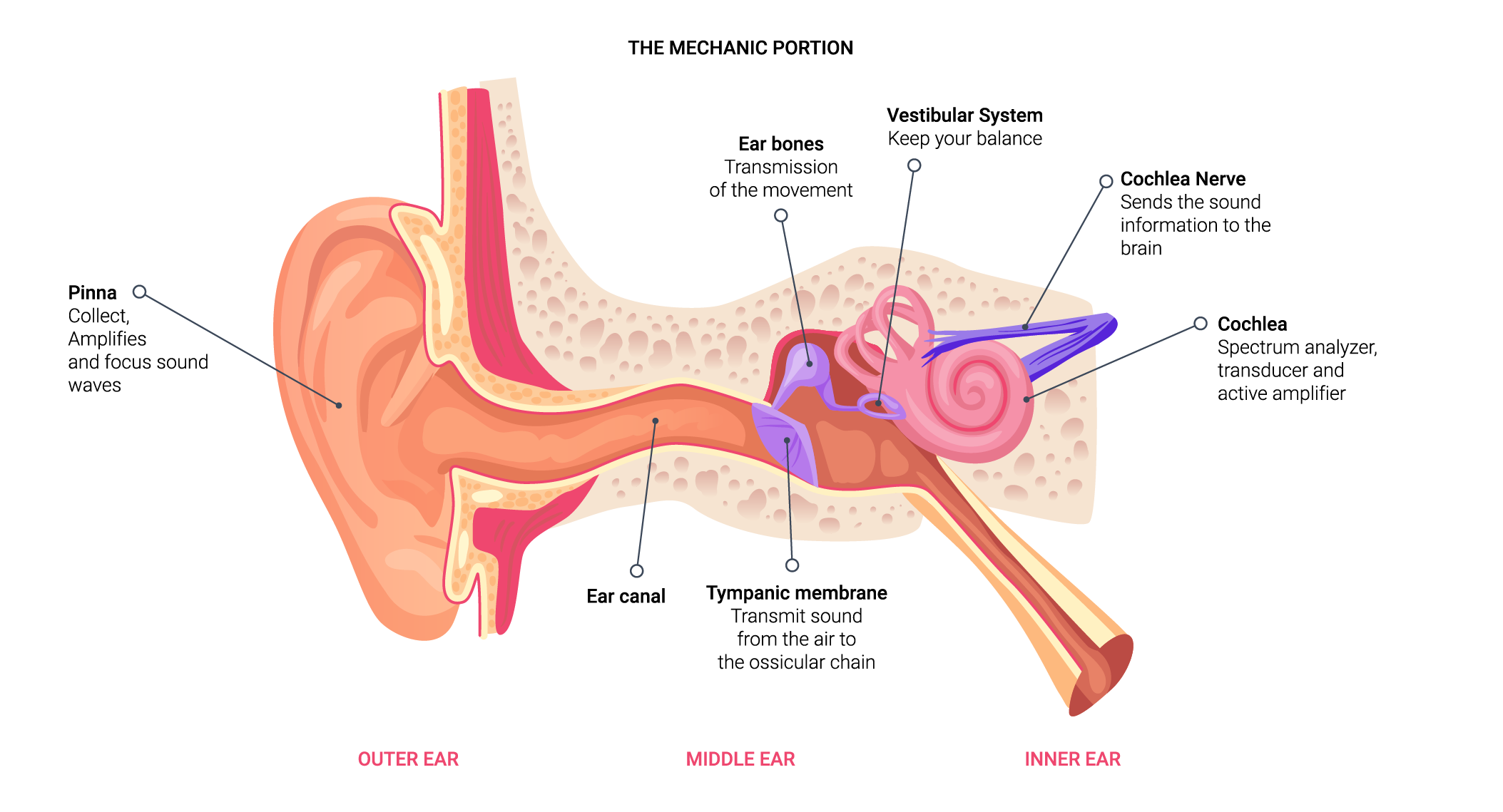
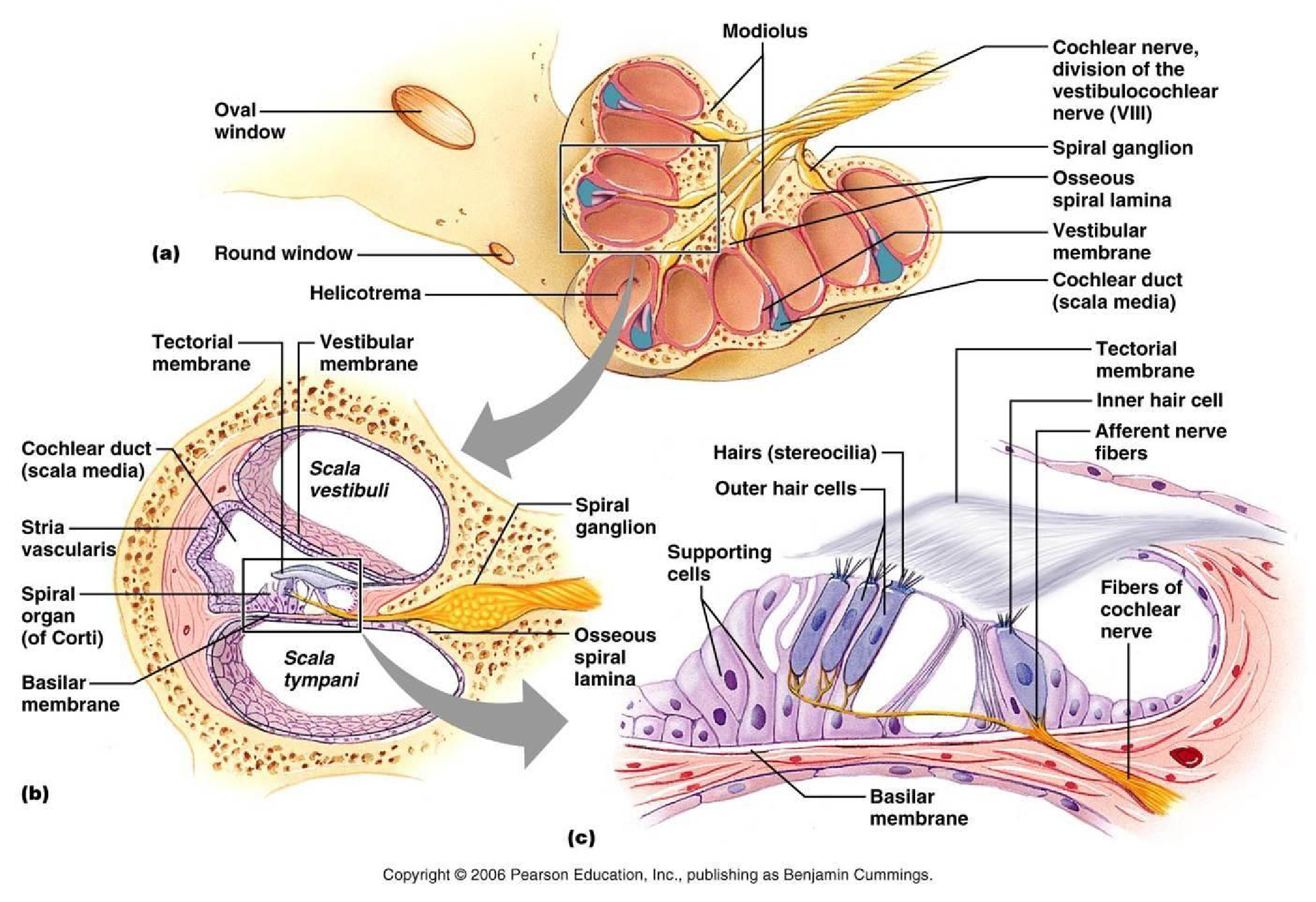
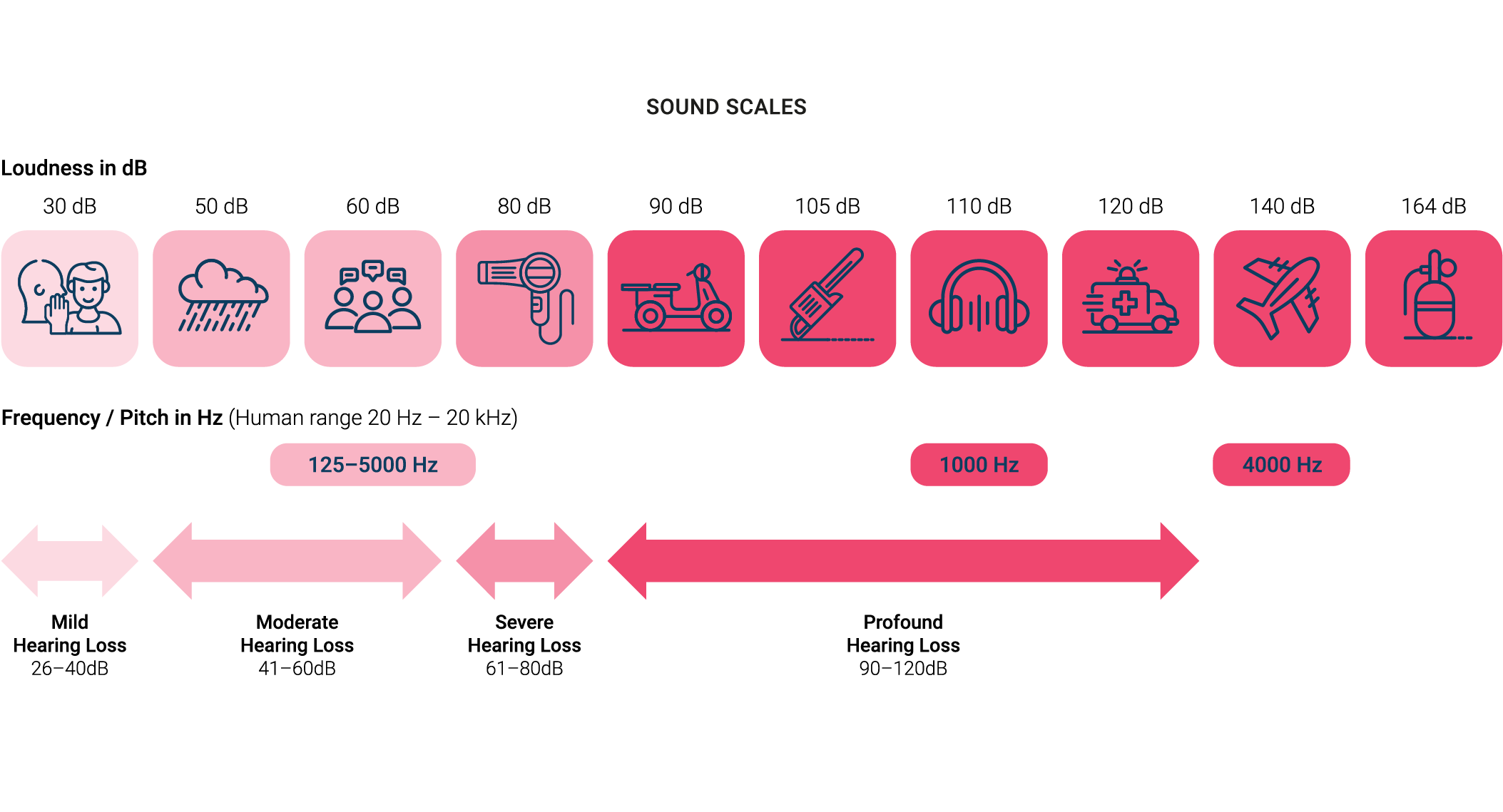
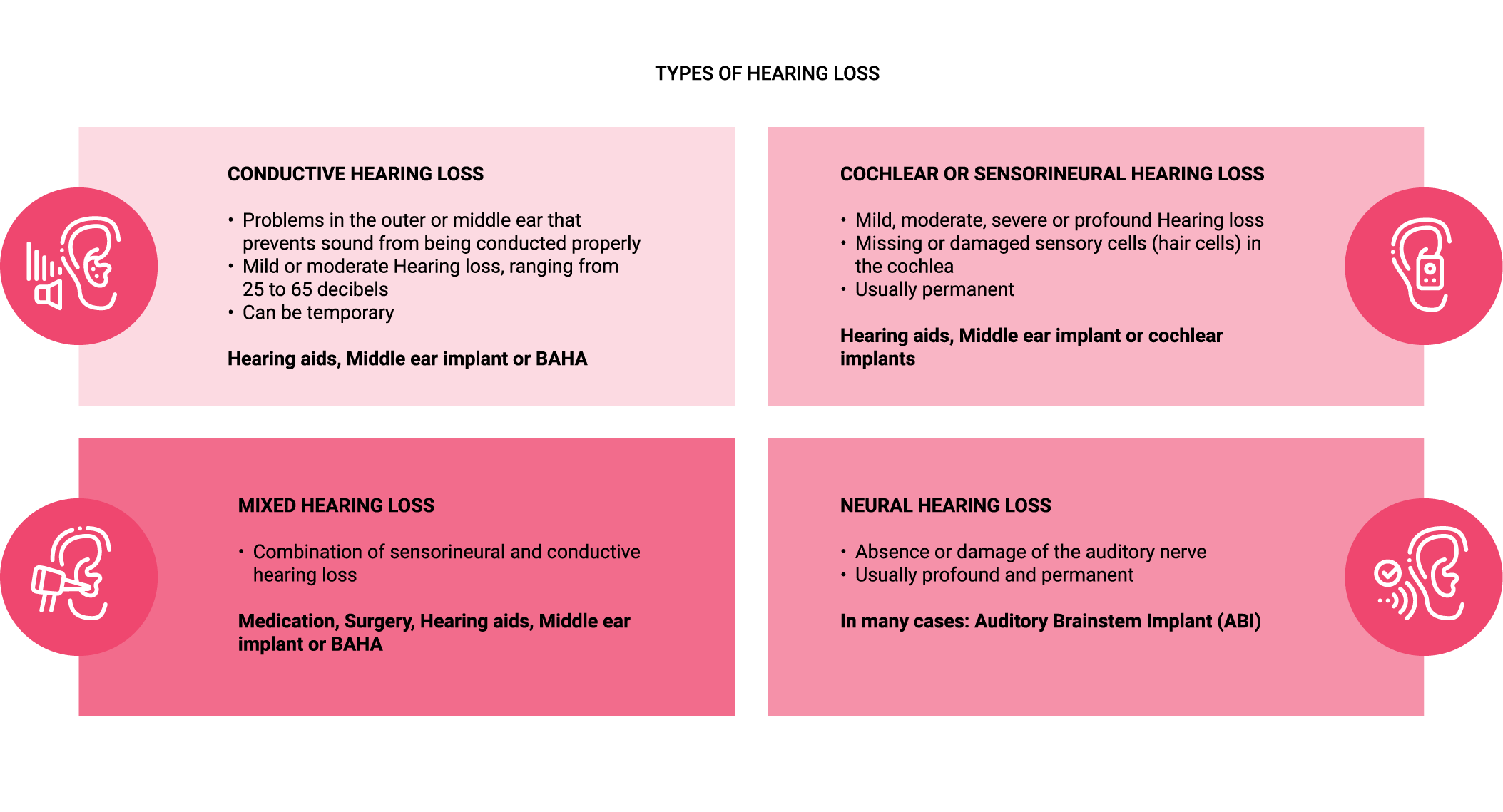
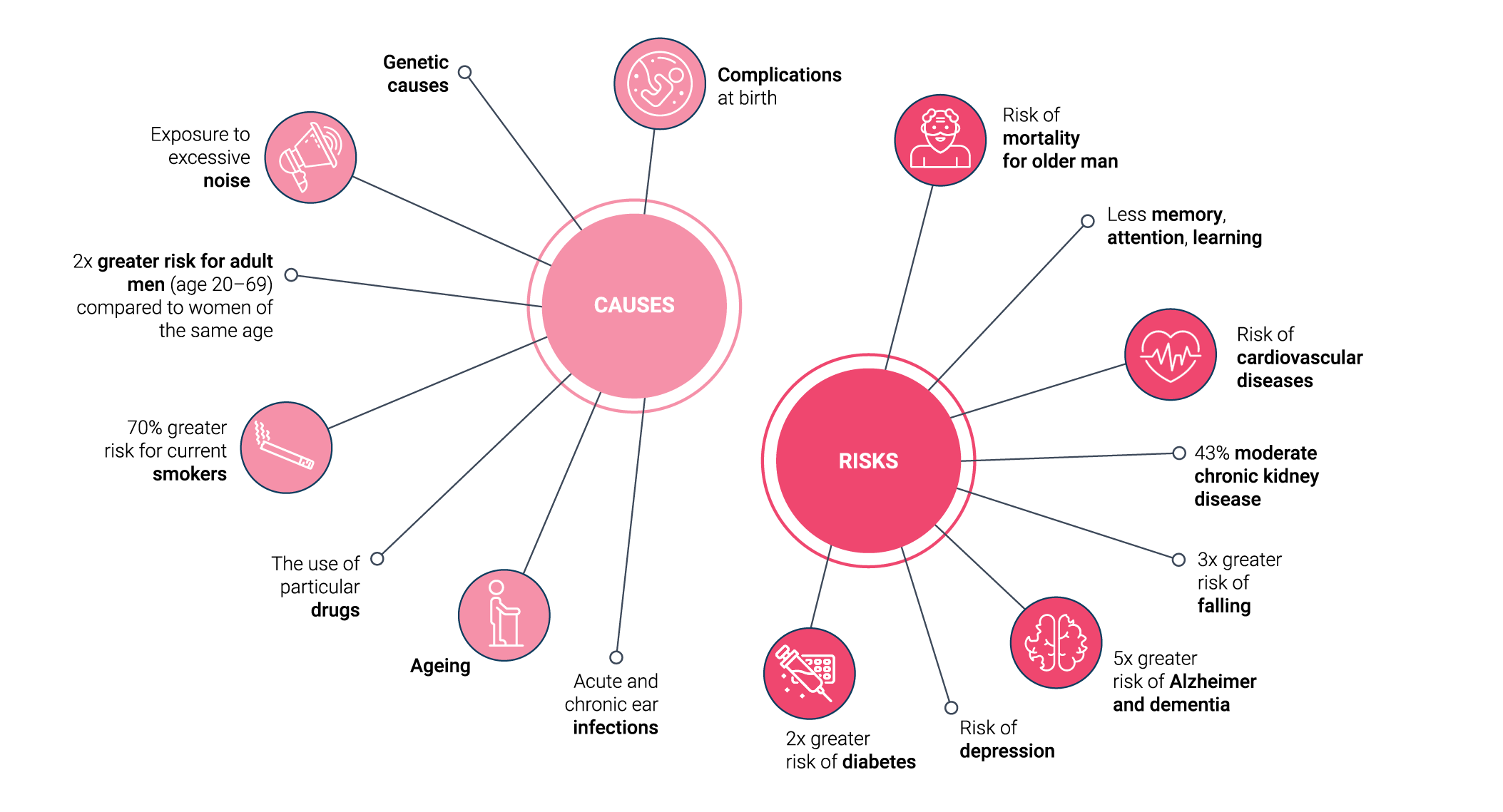
.png)
.png)
.png)
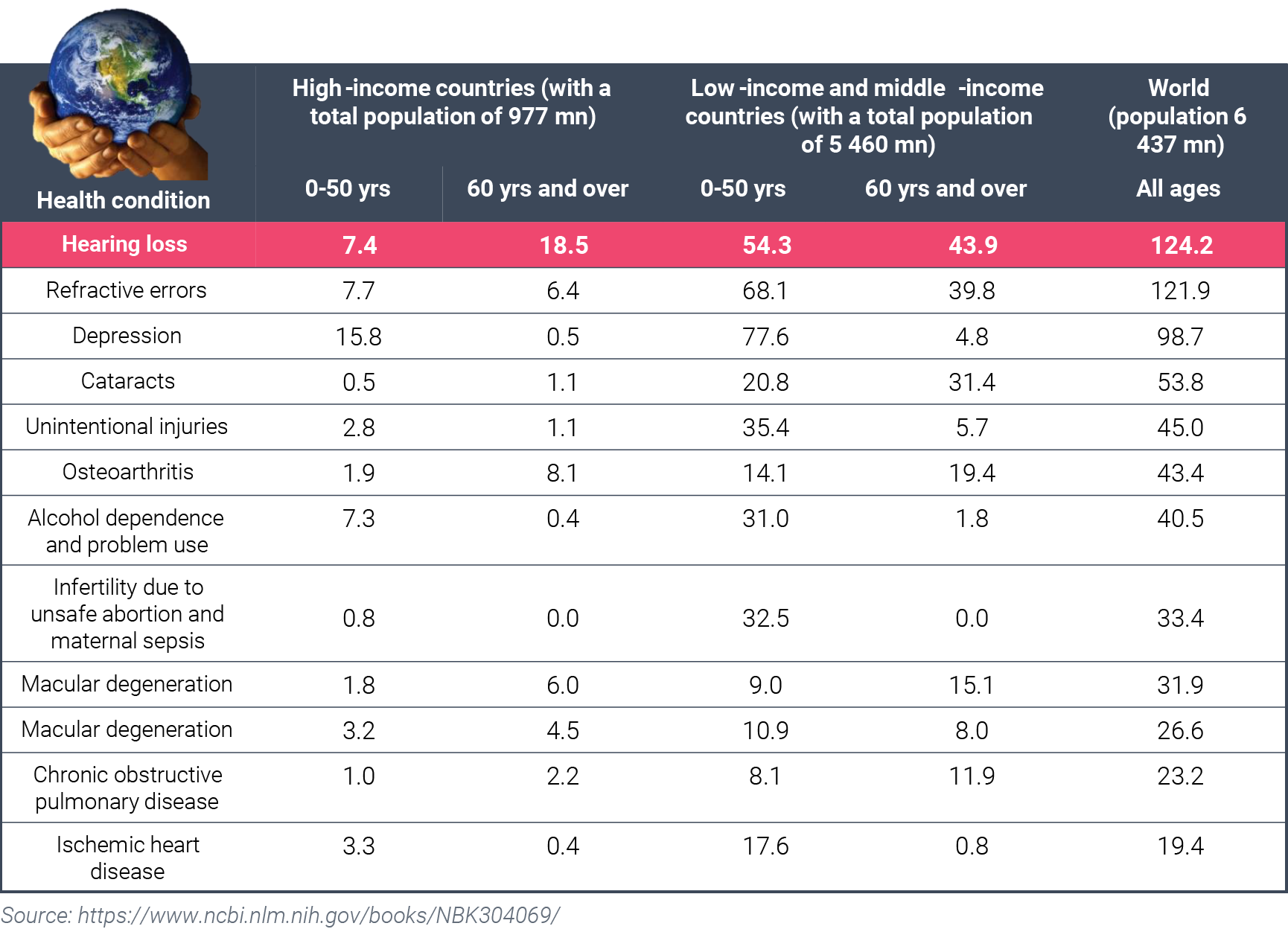
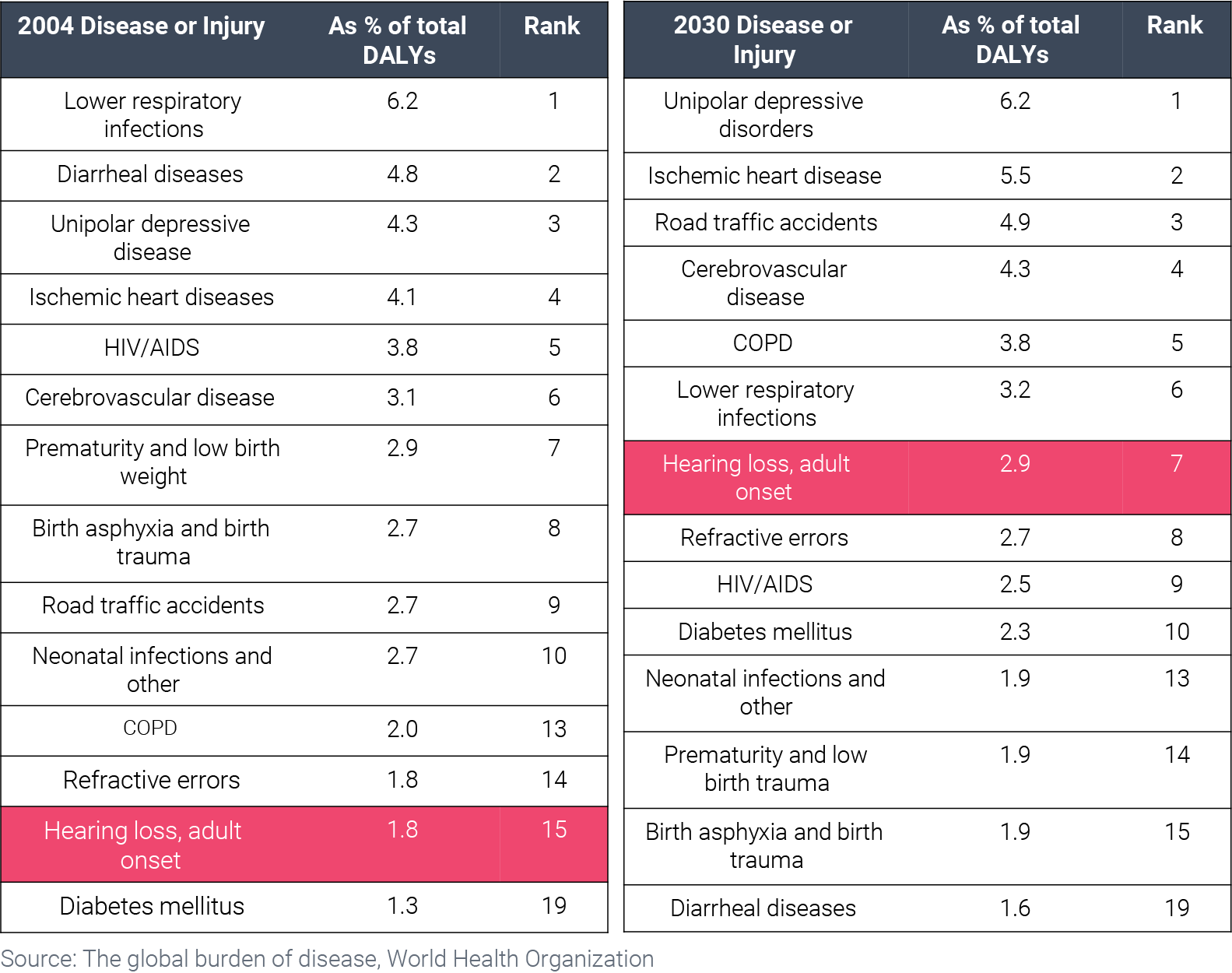
.png)
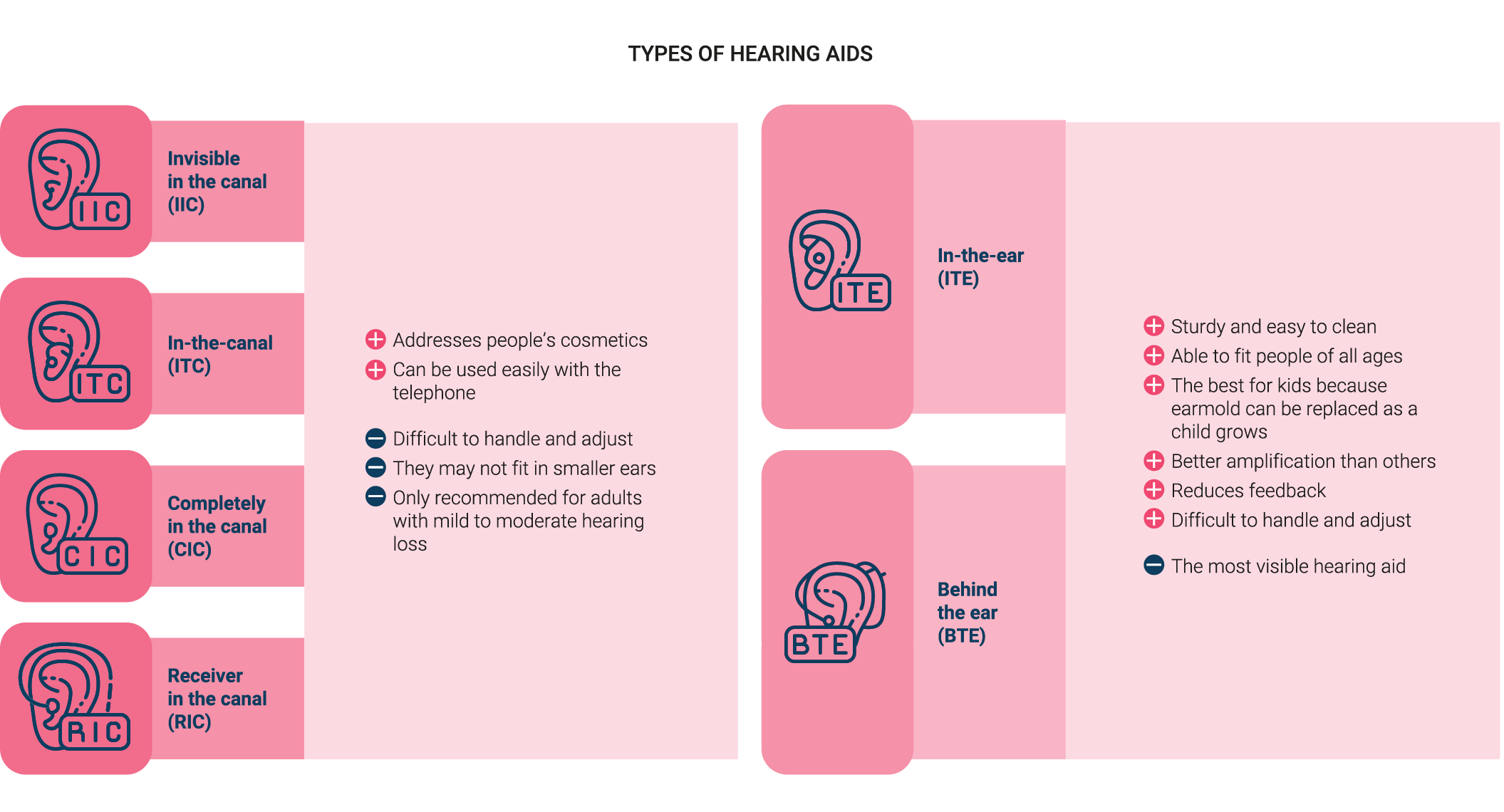
.png)
.png)
.png)
.png)
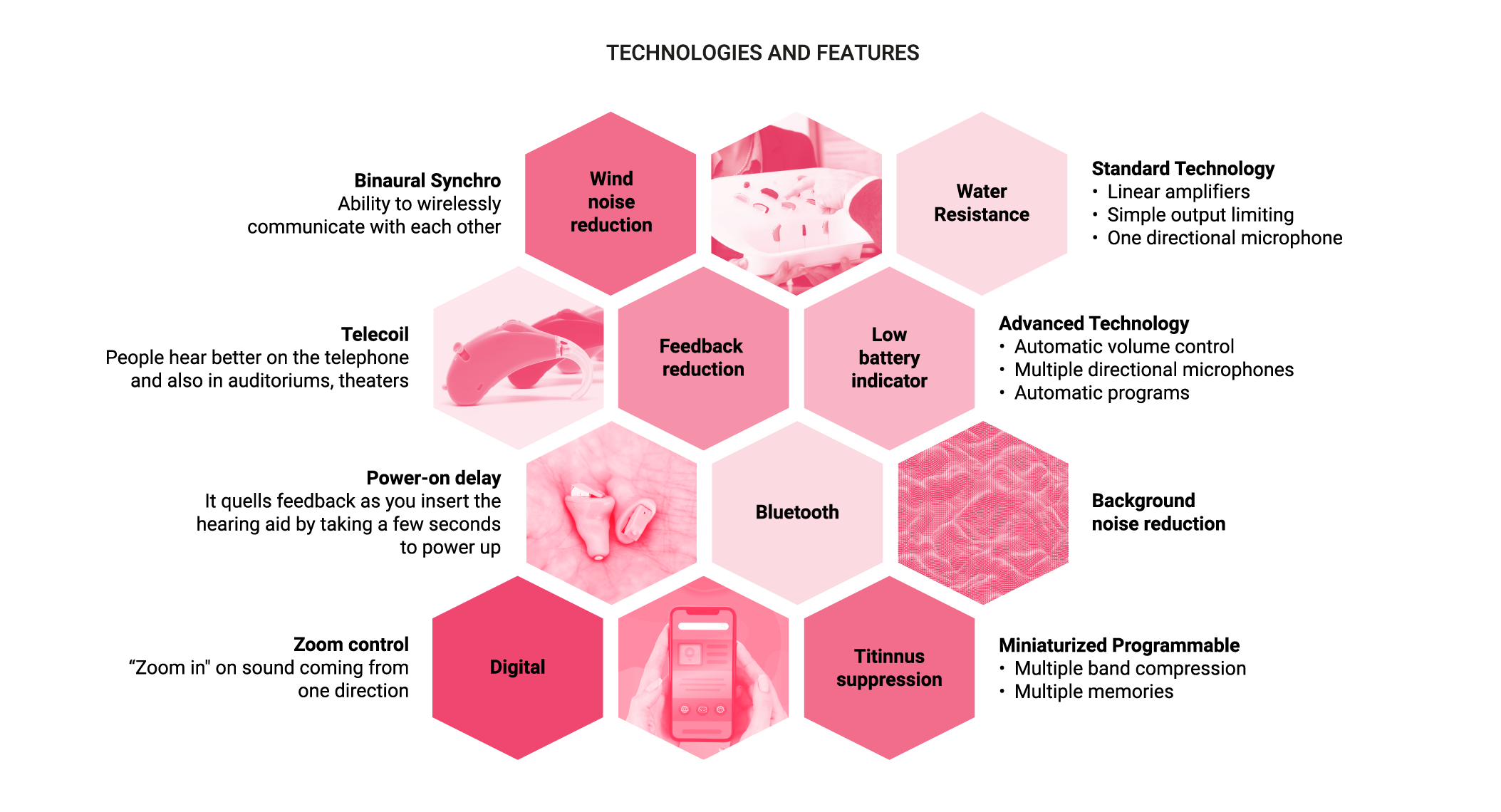
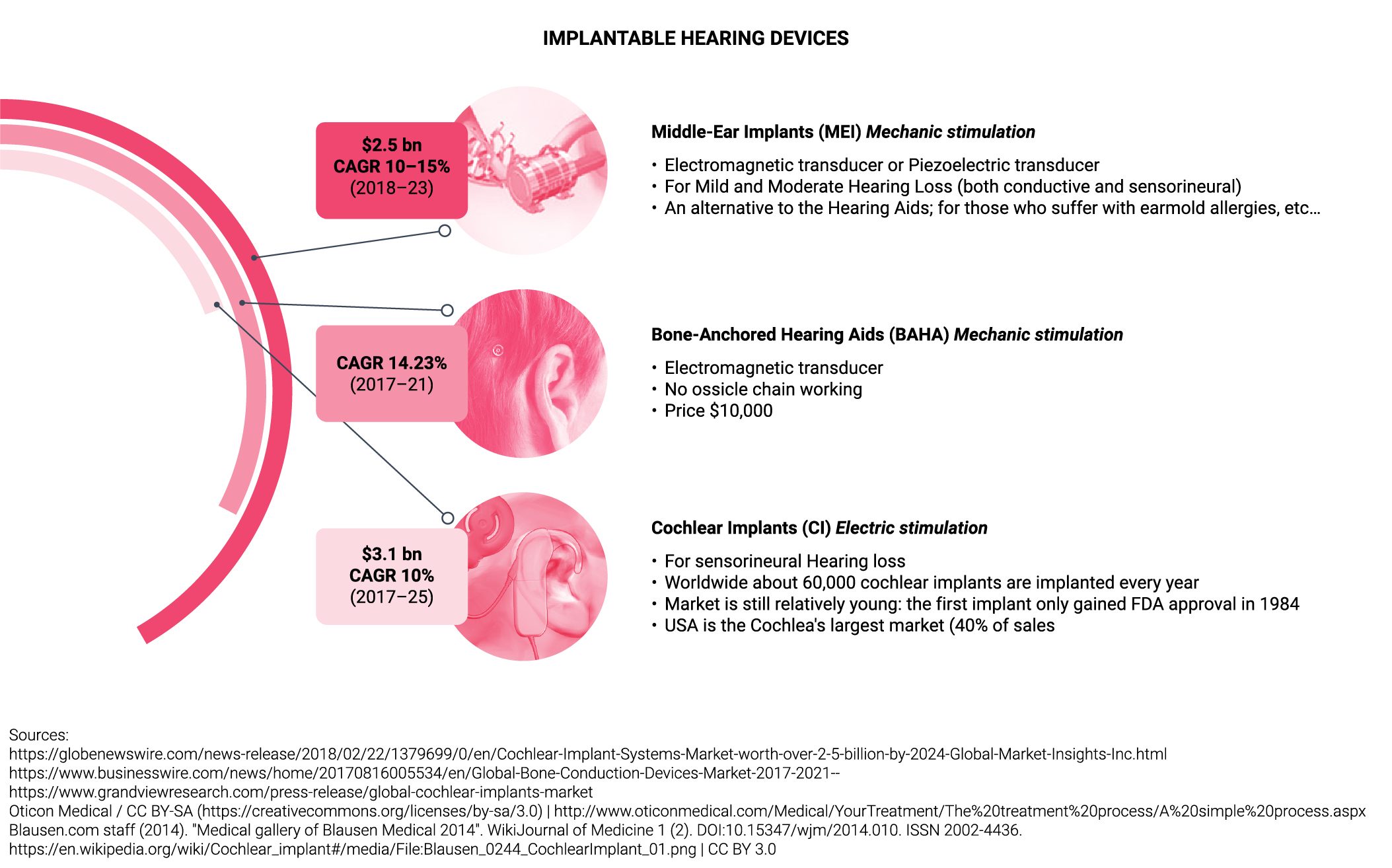
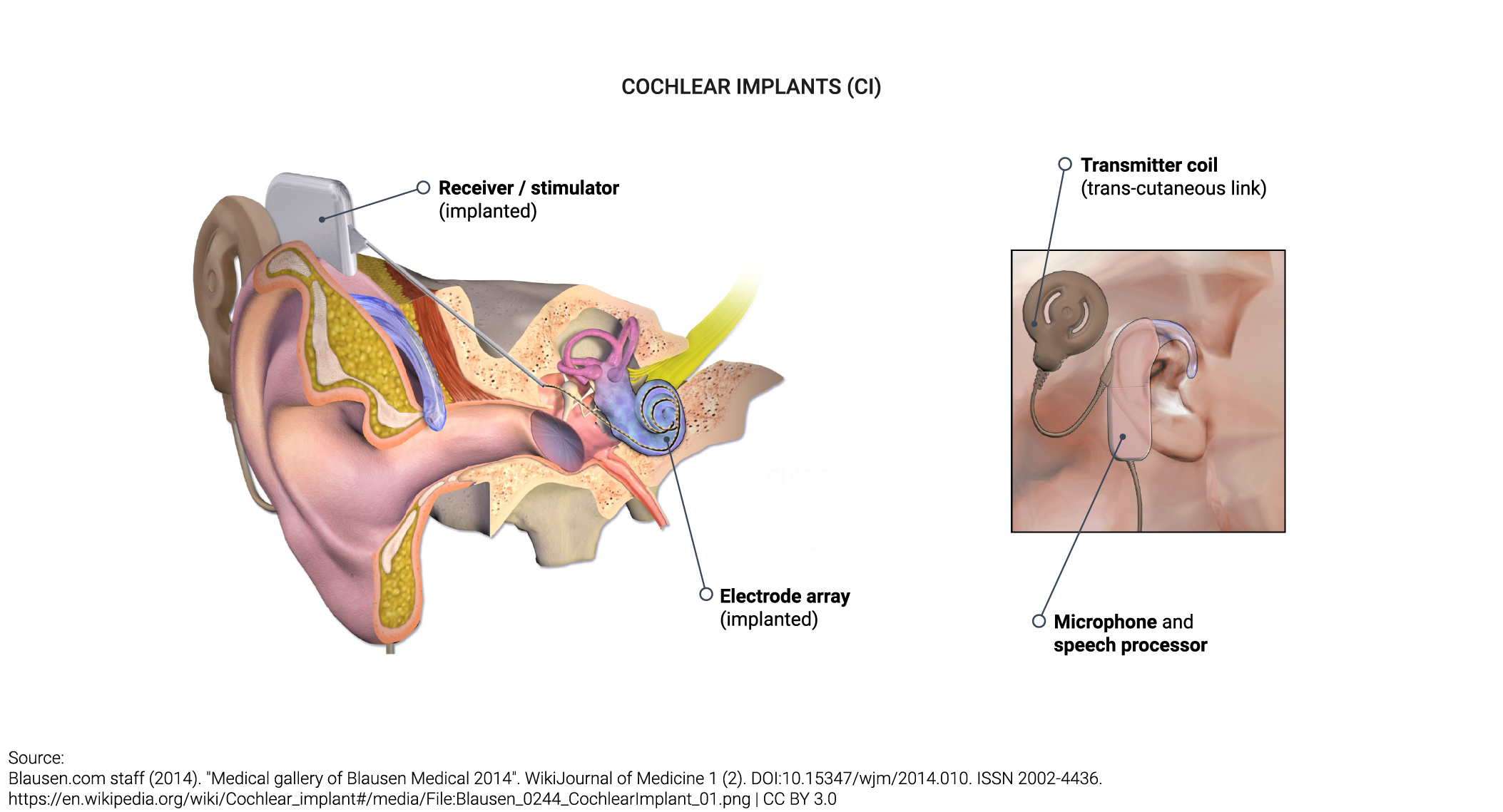
.png)
.png)
.png)
.png)
.png)
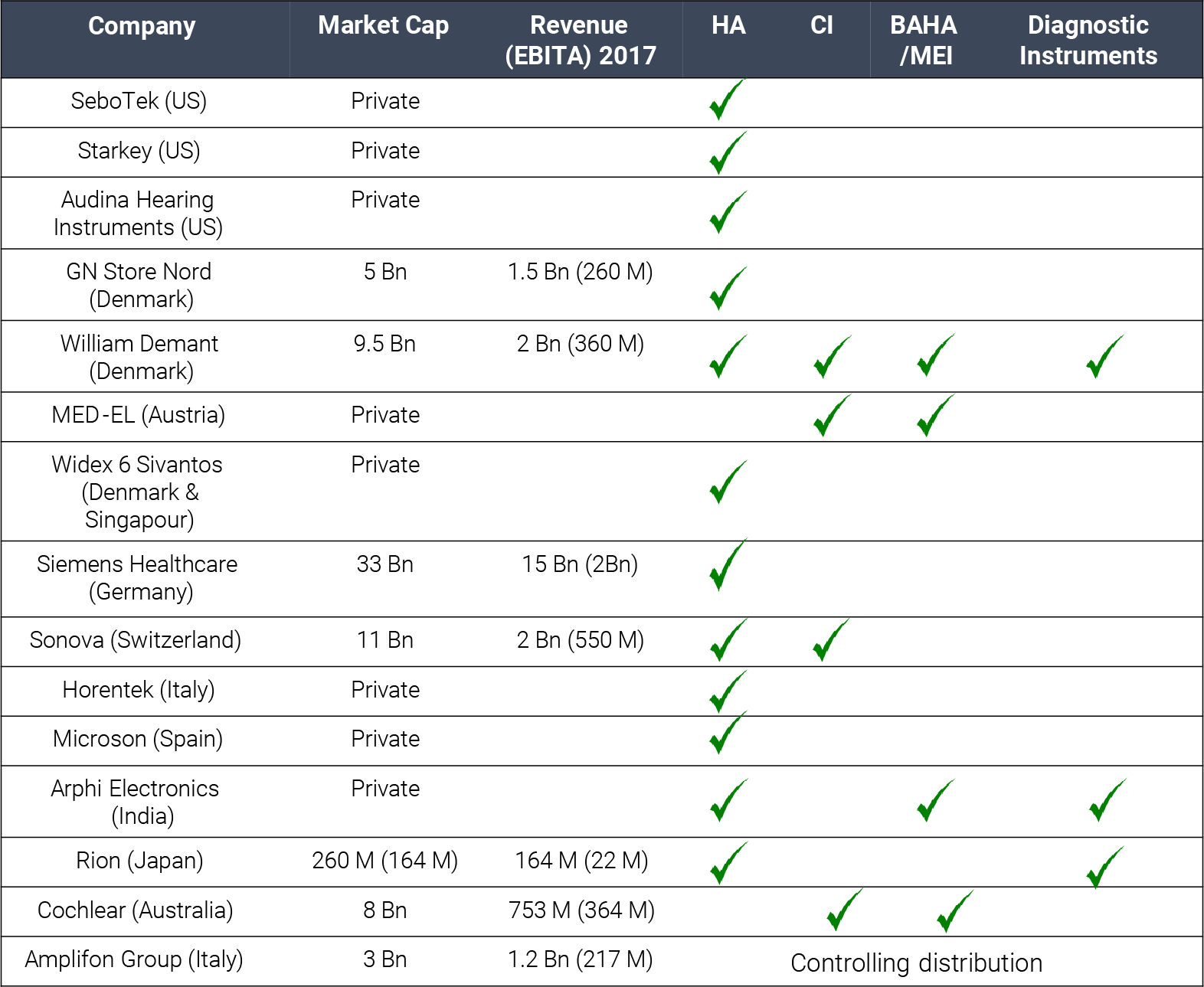
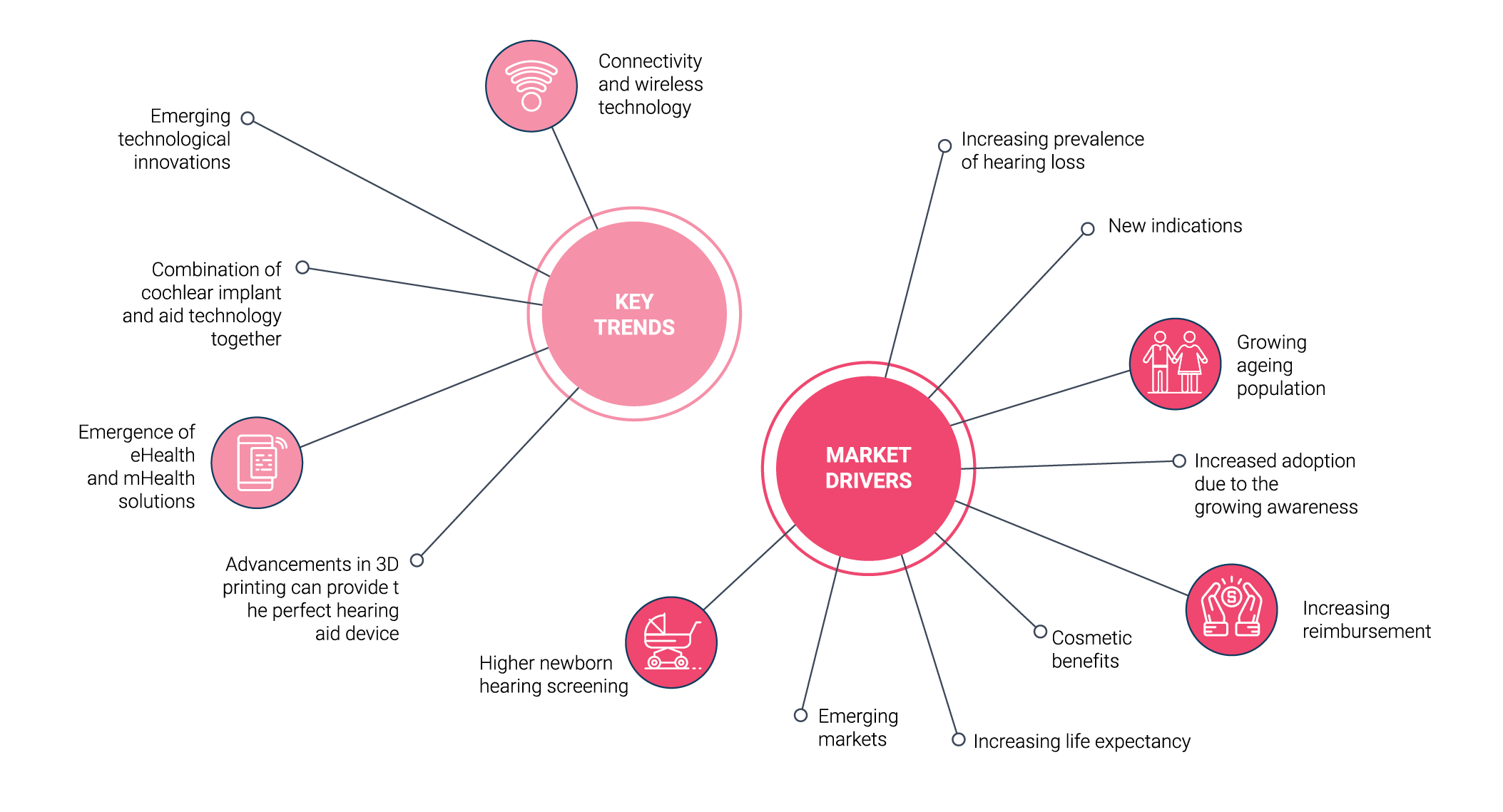
.png)
.png)
.png)
.png)
.png)
.png)
.png)

